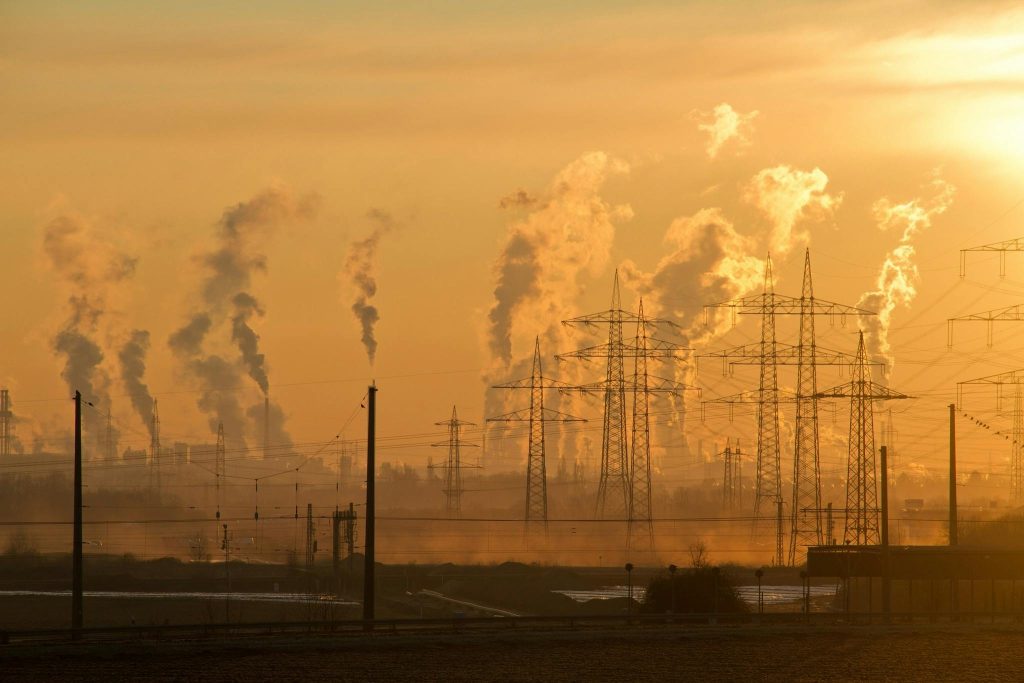The increasing frequency and intensity of extreme weather events, fueled by the undeniable effects of global warming, pose a grave threat to hospital infrastructure worldwide. As the climate continues to change, hospitals find themselves on the frontlines, tasked with responding to the devastating consequences of natural disasters that are becoming more commonplace. Intense hurricanes, devastating floods, and record-breaking heatwaves have the potential to cripple hospital operations, compromising their ability to provide critical care when it is needed most.
Hospitals, the very institutions entrusted with safeguarding public health, are themselves vulnerable to the ravages of climate change. Aging facilities, outdated emergency preparedness plans, and strained resources leave many hospitals ill-equipped to withstand the onslaught of these extreme weather events. The cascading effects of power outages, supply chain disruptions, and the need to evacuate patients can overwhelm even the most well-equipped healthcare systems.
The Devastating Toll
Addressing this looming crisis requires a comprehensive, multi-faceted approach. Investing in infrastructure upgrades, strengthening emergency response protocols, and fostering cross-sector collaboration are all essential steps. By prioritizing climate resilience and adaptability, hospitals can ensure they remain beacons of hope and healing, even in the face of the unprecedented challenges posed by a rapidly changing climate. The time to act is now, as the well-being of communities worldwide hangs in the balance.
Before addressing these issues, though, we must learn exactly what we are up against.
-
Hospital Operations and Patient Safety: Hospitals are facing unprecedented challenges as climate change continues to impact their operations and ability to provide vital healthcare services. Power outages caused by extreme weather events have forced hospitals to rely on backup generators, straining their resources and leaving patients vulnerable. Hospitals located in coastal regions have had to evacuate patients due to the threat of flooding, disrupting care and taxing their capacity. Disruptions to hospital supply chains, from medical equipment to essential medications, have further compounded these issues, making it increasingly difficult for hospitals to maintain adequate stockpiles and respond effectively to surges in demand.
-
Skyrocketing Costs and Strained Healthcare Budgets: As extreme weather events become more frequent and severe, hospitals must invest in disaster preparedness to ensure they can continue providing critical care during emergencies. This includes upgrading infrastructure to withstand the effects of natural disasters, such as reinforcing buildings, installing backup power systems, and improving flood mitigation. Additionally, hospitals may face rising insurance premiums as insurers grapple with the increasing risks posed by climate change. Insurers are likely to raise rates to offset the growing costs of claims related to weather-related incidents and other climate-driven health issues. This, in turn, will put additional financial strain on healthcare facilities, potentially leading to higher costs for patients and the healthcare system as a whole.
-
Disproportionate Impact on Vulnerable Populations: Climate change poses a significant threat to public health, and hospitals serving low-income communities and those in disaster-prone regions are particularly vulnerable. The elderly patient population is especially at risk, as they often face greater health challenges and limited access to resources. Hospitals serving low-income communities frequently lack the necessary funding and infrastructure to adapt to the impacts of climate change. These institutions often struggle to maintain reliable power, water, and supply chains, leaving them ill-equipped to handle the increased frequency and intensity of extreme weather events. This disparity in resources exacerbates the health disparities experienced by the most vulnerable populations, including the elderly, who are more susceptible to the adverse effects of heat waves, flooding, and other climate-related disasters.
Urgent Calls for Climate Resilience in the Healthcare Sector
As we face the growing challenges of climate change, it is essential that hospitals adopt sustainable practices and emergency planning measures to ensure their resilience and ability to continue serving patients in the face of extreme weather events and other climate-related disruptions.
Many hospitals have already taken steps to improve their environmental performance, implementing energy efficiency upgrades, renewable energy projects, and waste reduction initiatives. These sustainability efforts not only reduce the hospital’s carbon footprint but also generate long-term cost savings that can be reinvested into patient care. However, more can be done to prepare hospitals for the impacts of climate change, such as investing in backup power systems, hardening infrastructure against floods and storms, and developing comprehensive emergency plans to maintain operations during crises.
Governments also have a crucial role to play in supporting hospitals’ climate adaptation efforts. By enacting policies that incentivize green building practices, provide funding for resilience projects, and mandate emergency preparedness planning, policymakers can empower hospitals to become more sustainable and better equipped to withstand the effects of a changing climate. Ultimately, a holistic approach that engages hospitals, communities, and governments is necessary to ensure that our healthcare system is prepared to meet the challenges of the future.
If you are looking to help hospitals improve, either as a practitioner, an administrator, or another way, then check out our job postings and apply directly to new roles! If you are looking for something different than what you see listed, send us an updated resume and connect with a recruiter as soon as today!











